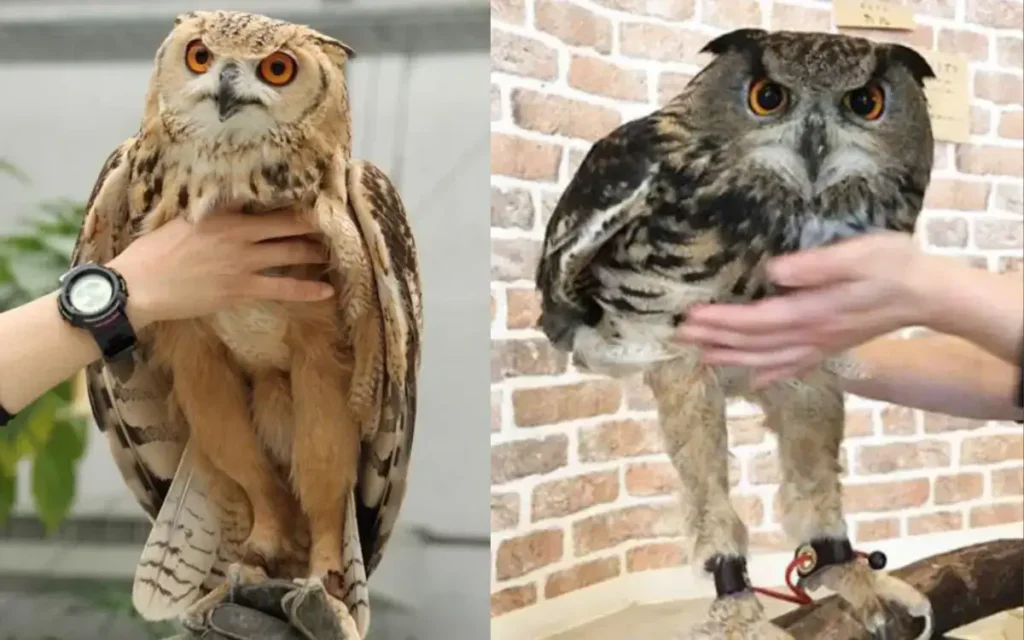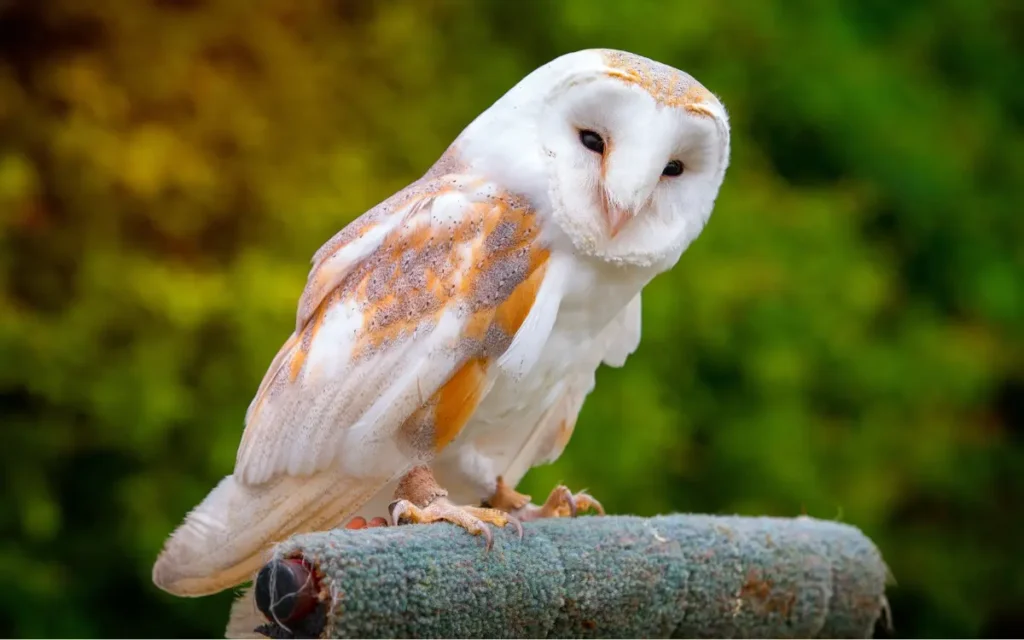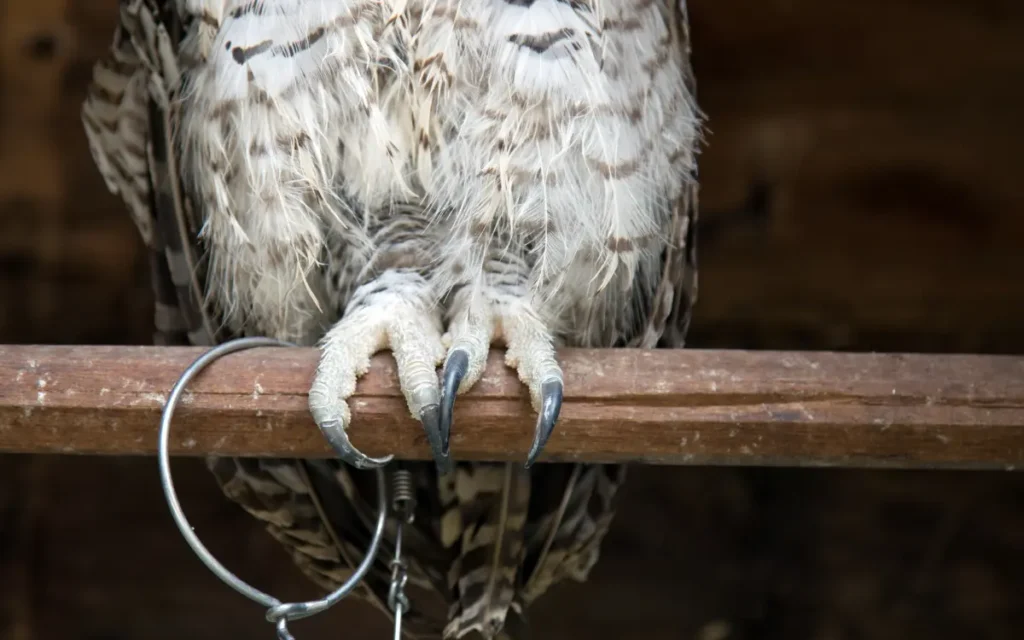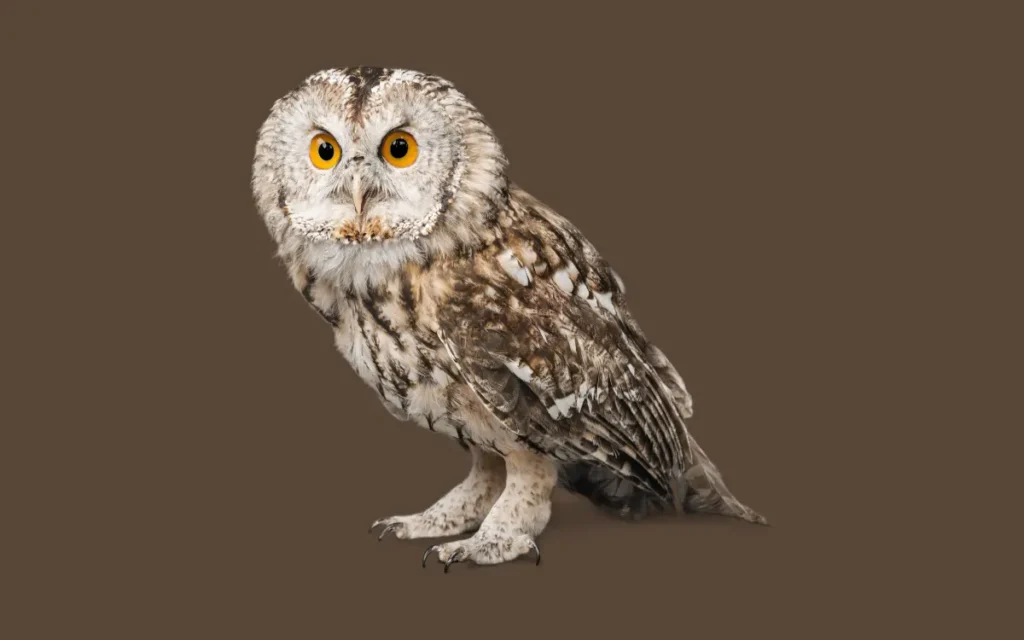Owl Legs Facts Incredible
Owl legs are long, feathered, and surprisingly powerful—perfect for silent hunting, balance, and warmth. Hidden beneath their fluffy feathers are strong, flexible limbs built to strike prey with deadly precision. From Arctic Snowy Owls to Burrowing Owls, each species has uniquely adapted legs for their environment. In this article, we’ll explore the anatomy, strength, functions, and evolution of owl legs and reveal why these underrated limbs are key to their survival.
What Makes Owl Legs So Special?
Owl legs are surprisingly long, strong, and covered in feathers perfectly adapted for hunting, stealth, and survival.
Hidden beneath their thick plumage lies a powerful set of tools. Their legs not only deliver a crushing grip but also keep them warm, balanced, and quiet. From the Arctic Snowy Owl to the ground-hugging Burrowing Owl, every species has evolved legs tailored to its environment.
Owl Leg Features & Their Purpose

| Feature | Function |
| Long, muscular legs | Snatch prey from snow, grass, or dense underbrush |
| Feather-covered legs | Reduce sound and maintain warmth |
| Reversible outer toe | Better grip with 2 forward & 2 backward talons |
| Locking talon mechanism | Secure hold on prey without constant muscle effort |
| Joint flexibility | Rotate feet for balance, climbing, or awkward terrain |
Anatomy of Owl Legs: Hidden Strength

Most owls have long legs—often hidden under feathers—designed for strength and flexibility. Each leg contains three major bone sections: femur (thigh), tibia (shin), and tarsus (foot). Their ankle sits much higher than it appears, creating the illusion of short legs.
Key Anatomical Features:
- Feathered from top to talon: insulation + silence
- Tendon-locking grip: locks talons in place while holding prey
- Joint flexibility: allows them to turn and grip at extreme angles
Snowy, Great Grey, and Boreal Owls are examples of species with fully feathered legs for cold-weather stealth.
Read also:-
Potoo Bird Facts: All You Need To Know
Talons & Grip: The Real Weapon

Owls are not just graceful—they are lethal. Their talons are sharp, curved, and built to crush.
How owls use their legs to hunt:
- Grip pressure strong enough to snap small bones
- Two-to-two toe setup (zygodactyl feet) improves balance and capture
- Locking tendons prevent escape without expending energy
Owl Leg Lengths by Species

| Owl Species | Leg Characteristics |
| Barn Owl | Medium legs, efficient for stealthy strikes |
| Screech Owl | Short legs for compact forest movement |
| Great Horned Owl | Long, strong legs—some of the largest in North America |
| Snowy Owl | Thick, feathered legs adapted for Arctic conditions |
| Burrowing Owl | Short, powerful legs for running and ground hunting |
Snowy Owls use their feathered legs to stay warm in below-zero weather, blending into the snow.
Evolution: Why Are Owl Legs So Unique?
Owl legs have evolved for maximum hunting precision and environmental adaptability.
Evolutionary Highlights:
- Longer legs evolved in species needing to reach prey in deep snow or grass
- Feathered legs developed in cold climates for insulation
- Flexible joints help navigate trees, cliffs, and varied terrain
- Burrowing Owls evolved shorter legs for fast running on the ground
How Do Owls Move?
Owls use their legs not just for flying and perching—but also for:
- Short-distance running (especially Burrowing Owls)
- Branch hopping and climbing
- Holding prey mid-flight or while perching
- Standing on one leg to conserve warmth
Owl Legs Adapted by Habitat
| Owl Type | Habitat | Leg Adaptation |
| Great Horned Owl | Forest | Long legs for grabbing prey from branches |
| Snowy Owl | Tundra | Feathered legs for warmth and stealth |
| Burrowing Owl | Grasslands | Short legs for running and fast strikes |
| Marsh Owl | Wetlands | Long legs to wade through shallow water |
Lesser-Known Owl Leg Facts
- Owls stand on one leg to conserve heat
- They can feel a prey’s heartbeat through talons
- Talons lock closed naturally—no effort needed to hold tight
- Their legs look short when perched, but stretch out in flight
Frequently Asked Questions
Do owl legs help them fly silently?
Yes! Their feathered legs help absorb sound and maintain stability in the air.
Can owls walk?
Not gracefully, but yes—especially species like the Burrowing Owl, which can run.
Are all owl legs feathered?
No. Only certain species in colder regions have fully feathered legs.
Why are owl talons so strong?
They evolved to catch and hold prey—some species can crush bones with one squeeze.
Do owls stand on one leg?
Yes. It helps conserve body heat during long periods of rest.






